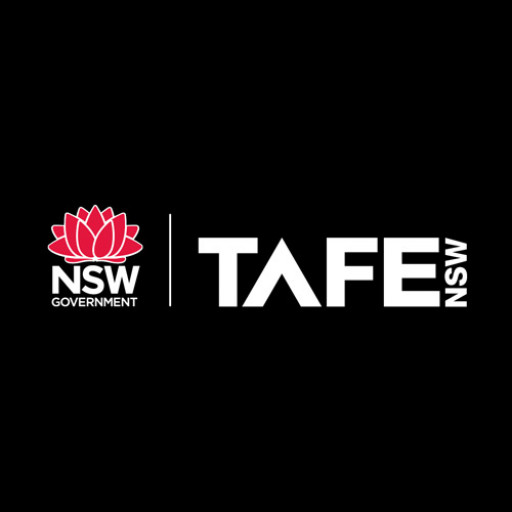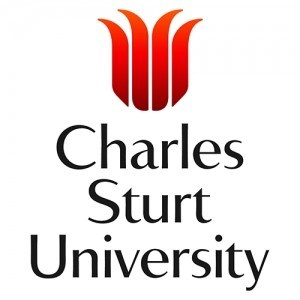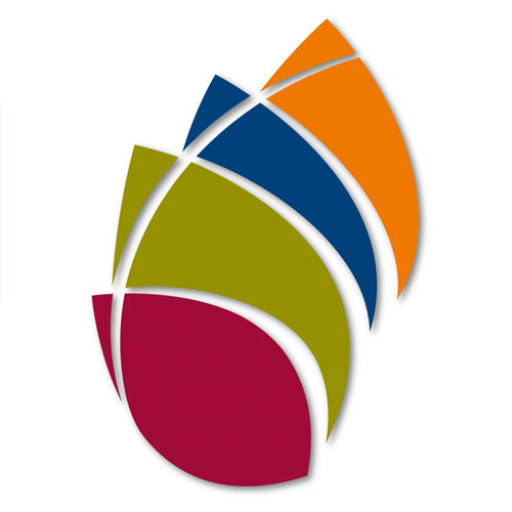Electronics and Communications at TAFE NSW offers a comprehensive and practical training program designed to equip students with essential skills and knowledge in the field of electronic systems and communication technologies. This qualification prepares graduates for a wide range of careers in industries such as telecommunications, broadcasting, electronics manufacturing, and service provision. Throughout the course, students will develop proficiency in designing, installing, maintaining, and troubleshooting electronic and communication systems. The program covers fundamental principles of electronics, digital communications, signal processing, and wireless technologies, ensuring that graduates are well-versed in both theoretical concepts and practical applications.
Participants will engage in hands-on learning through workshops, laboratories, and real-world projects, allowing them to apply their skills in simulated work environments. The curriculum includes modules on circuit design and analysis, microcontroller programming, RF and wireless communication, network setup and maintenance, and safety procedures. Emphasis is placed on developing problem-solving skills and technical expertise that meet industry standards. Students will also learn about emerging trends such as Internet of Things (IoT), 5G telecommunications, and automation systems.
The program is designed to be flexible, accommodating the needs of students with diverse backgrounds, and provides pathways to further education or direct employment. Graduates of the Electronics and Communications course will be qualified to undertake roles such as electronics technician, radio communications technician, network installer, or technical support officer. TAFE NSW's industry-connected training approach ensures that students gain relevant skills aligned with current technological developments and workforce demands. Upon completion, graduates will be equipped to contribute effectively to the design, deployment, and maintenance of modern electronic communication systems, ensuring their readiness for a rapidly evolving digital landscape.
The Electronics and Communications program at TAFE NSW provides students with comprehensive training in the principles and applications of electronic and communication systems. This course is designed to equip learners with the essential skills and knowledge necessary to excel in the rapidly evolving fields of electronics, telecommunications, and signal processing. Throughout the program, students will gain hands-on experience in designing, installing, maintaining, and troubleshooting a variety of electronic and communication equipment.
The curriculum covers fundamental topics such as electrical principles, analogue and digital electronics, embedded systems, and telecommunications networks. Students will explore the operation, analysis, and design of circuit components including resistors, capacitors, transistors, and integrated circuits. In addition, the course offers in-depth training on communication systems, including radio, satellite, and fiber optic technologies, as well as the latest advancements in wireless communications and internet protocols.
Practical skills are a core component of the program. Students will undertake laboratory exercises and project work that involve building and testing electronic circuits, programming microcontrollers, and configuring communication devices. This applied approach ensures graduates are ready for real-world engineering tasks and technical support roles. The program also emphasizes safety procedures, technical documentation, and adherence to industry standards to prepare students for professional practice.
Students will learn to diagnose and repair faults in complex electronic systems, manage installation projects, and implement maintenance practices that ensure optimal performance of communication equipment. Upon completion, graduates are well-prepared for employment in various sectors, including telecommunications providers, electronics manufacturing, system integration companies, and information technology services.
Furthermore, this program serves as a pathway for further education in electrical engineering, telecommunications engineering, or related fields. It is suitable for individuals seeking to develop a strong technical foundation and advance their careers in electronics and communications technology. Skilled graduates will leave with the confidence and competence to contribute effectively to the design, development, and maintenance of cutting-edge electronic communication systems, meeting the demands of a technologically innovative industry.
Program Requirements:
To enroll in the Electronics and Communications program at TAFE NSW, prospective students must meet specific entry criteria designed to ensure their preparedness for the course content and rigor. Applicants are typically required to have completed a recognized secondary education qualification, such as the NSW Higher School Certificate (HSC) or an equivalent qualification from another recognized education system. A foundational level of numeracy and literacy is also necessary, enabling students to comprehend technical manuals, perform calculations, and engage effectively with complex technical concepts.
Additionally, prior experience or skills in basic electronics, mathematics, or communications technology can be advantageous, although not always mandatory. Applicants may need to demonstrate their motivation and suitability for the program through a selection process which could include interviews, assessments, or submission of a personal statement outlining their interest and career aspirations in electronics and communications fields.
For specific courses requiring practical components, such as hands-on laboratories and workshops, applicants should possess adequate vision and dexterity to participate safely and effectively in practical exercises. Some courses might also recommend or require applicants to have access to certain hardware or software to facilitate learning outside of structured class times, although most resources are provided by TAFE NSW.
International students must meet English language proficiency requirements, typically evidenced by standardized test scores such as IELTS, TOEFL, or equivalent, ensuring their ability to understand and communicate complex technical topics effectively. Moreover, international applicants may need to obtain relevant visas and fulfill health and character requirements as specified by immigration authorities.
Prospective students are encouraged to consult the specific enrollment guidelines and prerequisites published on the TAFE NSW official website or contact the admissions office directly for detailed, up-to-date information. Main entry pathways include completion of relevant certificates or diplomas, or relevant industry experience for mature students seeking a pathway into the program.
In summary, the key requirements include a secondary education qualification, foundational literacy and numeracy skills, relevant technical experience or interest, and for international students, proof of English language proficiency. Meeting these criteria ensures that students are well-prepared to undertake their studies successfully and to harness the full potential of the Electronics and Communications program offered by TAFE NSW, which prepares graduates for employment or further study in fields related to electronics, telecommunications, and communications systems.
The Electronics and Communications program offered by TAFE NSW typically provides various financing options to support students in their educational journey. Students can often access government-subsidized training initiatives, such as Austudy or Youth Allowance, if they meet specific eligibility criteria, which can help offset living expenses during their studies. Additionally, TAFE NSW offers payment plans and flexible payment arrangements that allow students to distribute the cost of tuition over manageable instalments, making higher education more accessible. For domestic students, there may be eligibility for financial assistance through the Australian Government’s Vocational Education and Training (VET) Student Loans, which can cover part or all of the tuition fees, depending on the course and the student's circumstances. International students, on the other hand, usually pay full tuition fees upfront and may have access to scholarships or financial aid programs specifically designed for international learners, subject to eligibility. TAFE NSW also collaborates with various scholarship programs aimed at encouraging students from diverse backgrounds to enroll in electronics and communications courses, thereby reducing financial barriers. These scholarships can provide partial fee waivers, funding for equipment, or other forms of financial support. Moreover, some students may consider private funding or educational loans from financial institutions, though these are not directly managed by TAFE NSW. The institution's financial support services also offer counseling to help students identify the most suitable financing options based on their personal circumstances. Overall, the financing studies of the Electronics and Communications program are designed to ensure that financial constraints do not hinder talented individuals from obtaining quality vocational training that prepares them for careers in telecommunications, electronics repair, network installation, and related fields.
The Electronics and Communications program offered by TAFE NSW is designed to equip students with comprehensive knowledge and practical skills necessary for a career in the rapidly evolving field of electronics and communications technology. This program typically covers a wide range of topics including circuit theory, digital electronics, analog communications, wireless communications, signals and systems, and telecommunications infrastructure. It aims to provide students with both theoretical understanding and hands-on experience to prepare them for roles such as electronics technician, communications technician, or network technician.
Throughout the course, students engage in laboratory work, industry projects, and possibly work placements that simulate real-world scenarios. This approach ensures students develop problem-solving skills and technical competency, enabling them to maintain, troubleshoot, and repair electronic and communication systems. The curriculum is designed in alignment with industry standards, ensuring graduates are workforce-ready and capable of adapting to technological advancements.
The program may incorporate components on emerging technologies such as fiber optics, wireless networks, and embedded systems, reflecting trends in digital communication and electronic systems. Upon completion, students can pursue further education in related fields such as electrical engineering or telecommunications, or enter the workforce directly.
TAFE NSW emphasizes practical learning and industry relevance, often collaborating with industry partners to deliver up-to-date training. The program may include assessment components such as practical exams, assignments, and project work, which collectively attest to the student's proficiency in electronics and communications technologies. Overall, this program is suitable for individuals interested in technology, innovation, and problem-solving within the dynamic electronics and communications sectors.
(Note: This description is inferred based on similar programmes at TAFE NSW and information available on related courses; for exact details, please refer to the official TAFE NSW website.)





